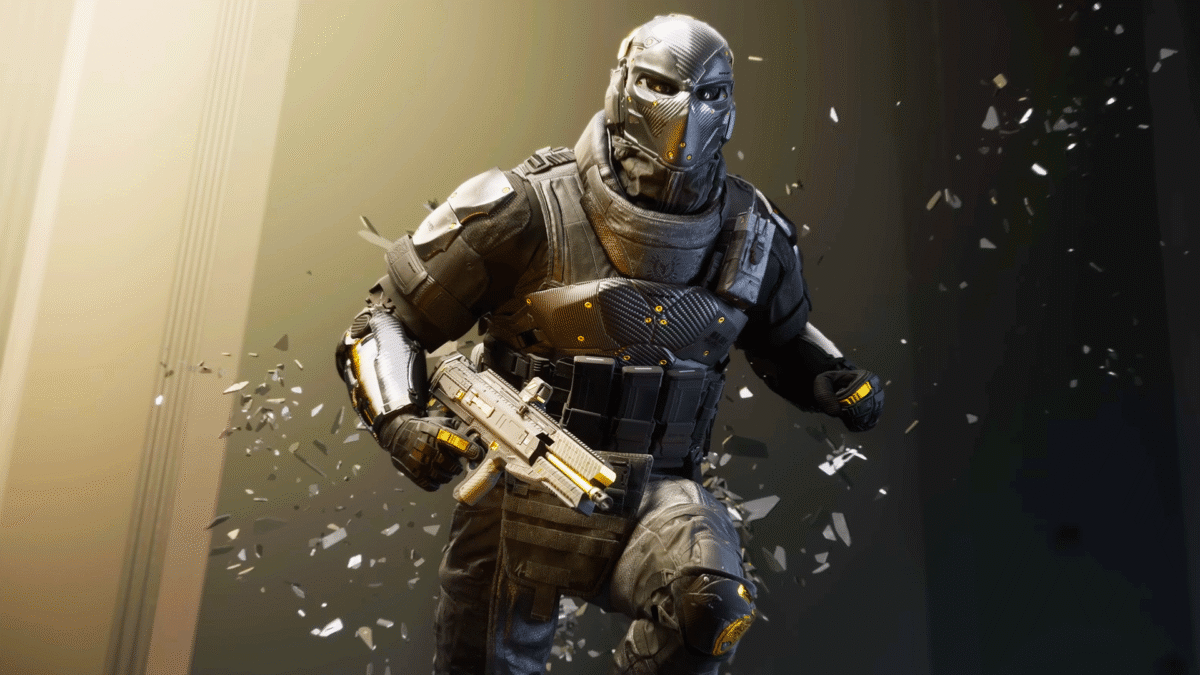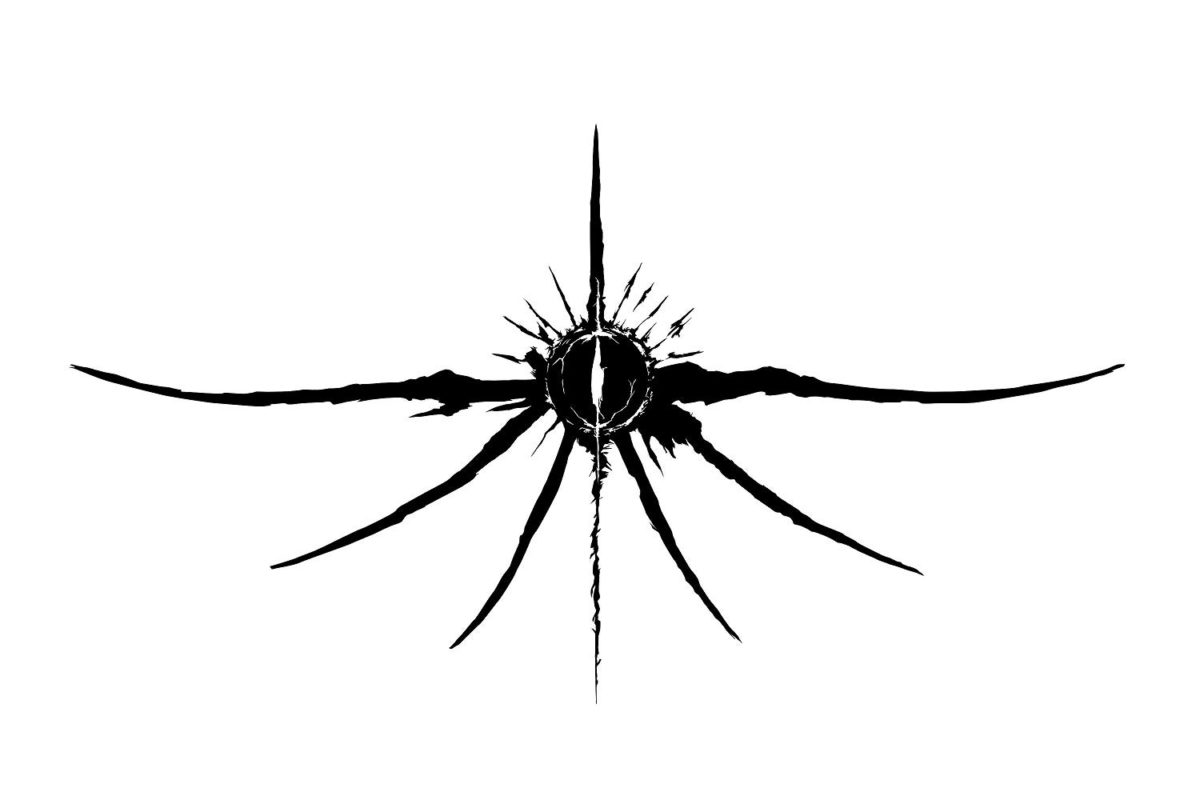
Call of Duty will no longer release multiple Black Ops or Modern Warfare games back-to-back, after two Modern Warfare releases in 2022 and 2023, and two Black Ops releases in 2024 and 2025, respectively, and negative feedback and concerning sales reports for the most recent release, Black Ops 7.
This news was delivered from “the Call of Duty team” (encompassing studios Treyarch, Sledgehammer, Infinity Ward, and Raven Software) on the official website, in a post that acknowledged the criticism of Black Ops 7 as well as broader criticism of the franchise in recent years. As the post opens:
First off, thank you for all for the feedback we have received over the last few months. Call of Duty has enjoyed long-standing success because of all of you, a passionate community that demands excellence and deserves nothing less. We also know that for some of you, the Franchise has not met your expectations fully. To be very clear, we know what you expect and rest assured we will deliver, and overdeliver, on those expectations as we move forward.
The post goes on to state a number of changes the Call of Duty studios will be making going forward. For starters, they’re opening up Black Ops 7’s multiplayer zombies mode for a free trial and Double XP weekend next week, in an effort to get those who have hesitated on Black Ops 7 to “experience the game firsthand and decide for yourselves.” They also are committing to “unprecedented season support,” saying that they “won’t rest until Black Ops 7 earns its place as one of the best Black Ops games we’ve ever made.”
Then, the team had this to say about future Call of Duty releases:
We will no longer do back-to-back releases of Modern Warfare or Black Ops games. The reasons are many, but the main one is to ensure we provide an absolutely unique experience each and every year.
We will drive innovation that is meaningful, not incremental. While we aren’t sharing those plans today, we look forward to doing so when the time is right.
The note concludes by saying the team believes Call of Duty’s “best days are ahead of us” and that the next era of Call of Duty will “deliver precisely on what you want along with some surprises that push the Franchise and the genre forward.”
These changes come amidst, and likely in response to, a rough couple of years for the Call of Duty franchise. The most recent entry, Black Ops 7, debuted last month to middling reviews, including our own 6/10 campaign review, 6/10 Zombies review, and significantly better 8/10 multiplayer review. This is also in the context of both Black Ops 7 and Modern Warfare 3 receiving poor reviews in comparison to their immediate series predecessors the year before, with Black Ops 6 and Modern Warfare 2 being received generally favorably. This likely accounts, at least in part, for the decision to stop the back-to-back releases.
For Black Ops 7, that lukewarm reception has also been reflected in the game’s sales numbers, especially in relation to another recent major multiplayer shooter release, Battlefield 6. The game had a “terrible” launch in Europe, down 63% versus Battlefield 6 and down by more than 50% versus last year’s Black Ops 6 in the equivalent periods.
It is worth noting that we don’t have full visibility into Black Ops 7’s sales data, as it launched day one on Game Pass, and a number of people likely played the game through the subscription service and didn’t count as unit sales.
But nonetheless, the announcement today feels like an admission that something has gone wrong here. Whether or not the Call of Duty team can fix it will take a few years to truly comprehend.
Rebekah Valentine is a senior reporter for IGN. Got a story tip? Send it to rvalentine@ign.com.





































